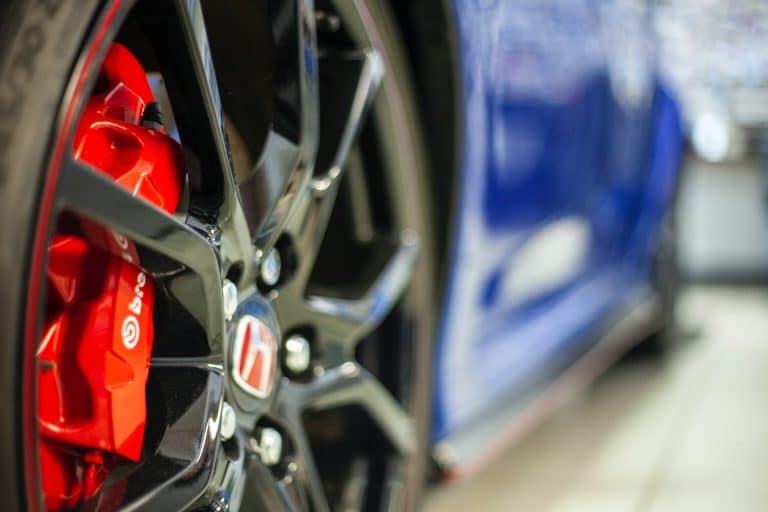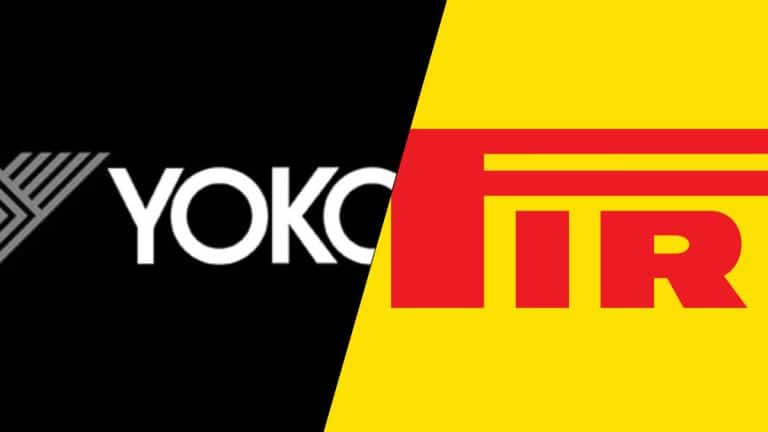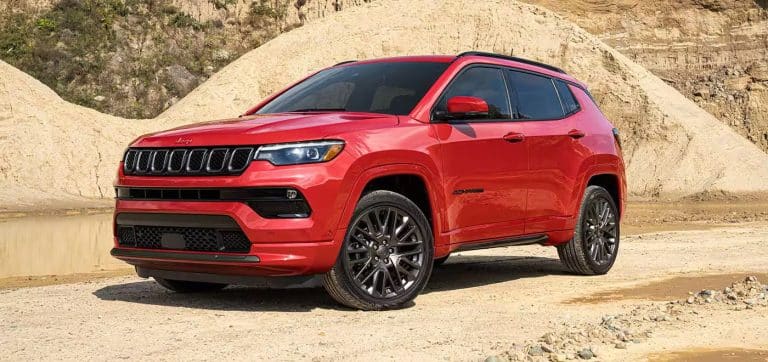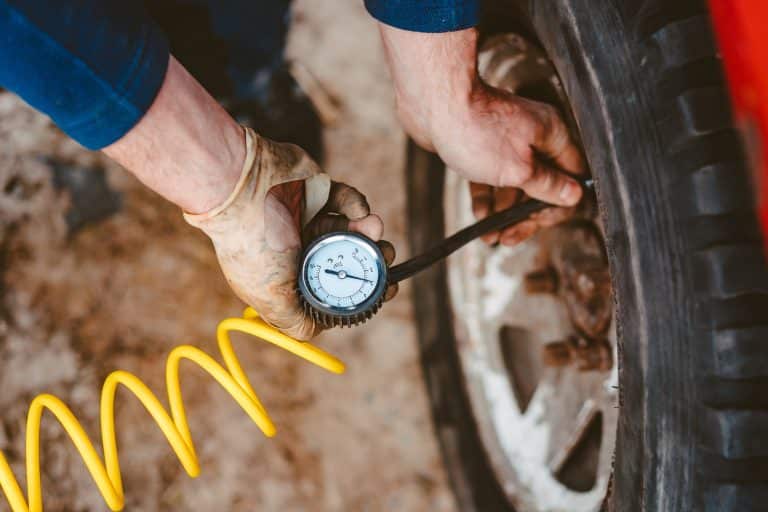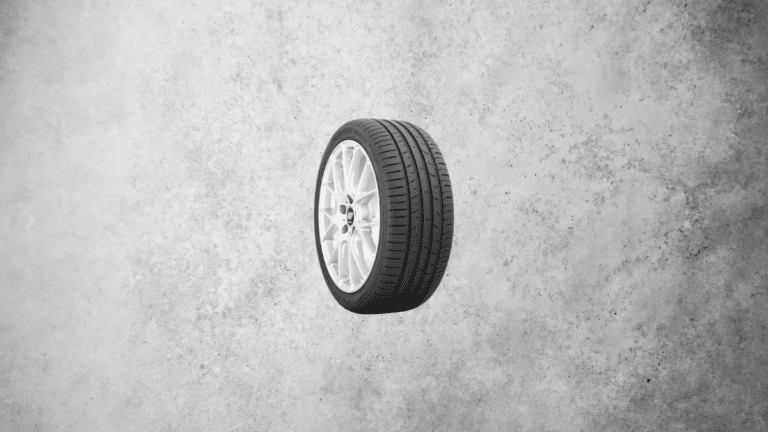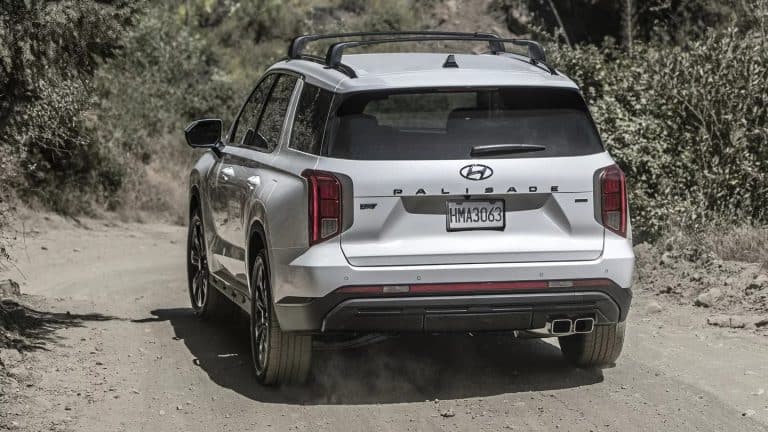Comparing Toyo vs Bridgestone Tires
Some people don’t care much about brands when shopping for tires. Yet there is a sizeable majority to whom the name on top of the tire matters most. Such people spend decades with the same tire manufacturer, unless they are handed a bad batch.
Bridgestone’s market cap shows that it enjoys similar loyal customers. The Japanese multinational tire manufacturer currently enjoys over $25 billion market value. In the year 2021 alone, Bridgestone Tire Company enjoyed a gross revenue of over $29 billion.
Toyo Tires cannot boast such eye-watering numbers. As of January 2023, the tire manufacturer enjoyed a market cap of $1.76 billion. Plus, its latest financial reports peg Toyo Tire’s annual revenue at $3.56 billion, a figure that can’t compete with Bridgestone’s.
If you’re a numbers person, the above figures might convince you that Bridgestone tires will almost always be the better choice than Toyo tires. However, as this comprehensive guide will show you, that isn’t the case. Instead, there are areas where David slays Goliath.
Toyo Tires History
Toyo Tires was founded under the fog of war. In the same month that its first brick was being laid in Osaka, two nearby cities were decimated by atomic bombs. Yet, if the war and the subsequent devastation did impact the company’s fortunes, the effect was negligible.
How can we be so sure? Within 8 months of its relatively humble beginnings, Toyo opened the doors of its first large-scale manufacturing facility. Within the next decade, the company was listed on the Tokyo Stock Exchange, with an R&D Lab opening soon after that.
Fast forward a few months, Toyo became the first Japanese tire manufacturer to launch its products in the United States. This was a major achievement considering that Bridgestone, which had been around for much longer, couldn’t pull off what Toyo had just done.
At the time of writing, Toyo Tires is the 8th largest tire manufacturer in the world. As noted above, its market value is just shy of $1.94 billion. And if you’re a fan of action films, you may recall seeing a Toyo tire or two in the first installment of the Fast and Furious series.
Toyo Tires Families
Eight families complete Toyo’s tire lineup. These are Proxes, Celsius, Open Country, Nano Energy, Observe, Transpath, and Snowprox. Let’s discuss them one by one.
Proxes
Toyo’s Proxes lineup comprises all-season performance and high-performance tires. Every member of this family is designed to deliver enhanced steering response, cornering performance, and high-speed stability. Plus, they come with decent treadwear warranties.
Need proof? Then you must take the Proxes R1R and Proxes ST III as examples. While the former delivers exceptional sporty handling and above-average hydroplaning resistance. The ST III is notably quieter than your average performance tire, with superb grip and traction levels.
Open Country
Every member of the Open Country family excels at off-roading. These tires feature aggressive tread patterns, cut- and chip-resistant tread compounds and ultra-stiff sidewalls. Plus, some of them come with the Three Peak Mountain Snowflake (3PMSF) symbol.
Our comprehensive Open Country AT2 Vs AT3 guide sheds further light on what this lineup’s models are all about. Apart from harboring the above qualities, both these tires have deep and aggressive 3D sipes. This means you can count on them to perform reliably on snow.
Celsius
Toyo’s Celsius lineup betrays its intentions with its name. This household is designed to keep drivers of passenger cars, SUVs, and crossovers safe on snow-laden roads. Some of these tires are available in sizes that make them compatible with light trucks and commercial vans.
For example, the Toyo Celsius (this family’s first tire) and Celsius AS2 (its best-selling) are designed to go on passenger cars, sub-urban utility vehicles, and crossovers. However, that isn’t the case with Celsius Cargo, whose name tells you all about the vehicle it can go on.
Observe
Like the Celsius series, Toyo’s Observe family also comprises winter tires.
However, there is one difference between the two tire families. While Celsius tires can keep things from going haywire in harsh weather conditions, these models do struggle when you push them too hard. As such, you have to drive carefully.
That isn’t the case with the Observe GSI5, an extreme-performance winter tire. This model will safely carry you from point A to point B through the snowstorm, regardless of the speed at which you might be driving. What more can you ask for!
Nano Energy
According to a report, modern cars cause 2,000 times less particular pollution than what is caused by tire wear. This means that it isn’t your tire’s shelf life which goes down as your tire begins to wear. The quality of the air you and your fellow beings breathe nosedives too.
To reverse this situation, Toyo has developed the Energy series. In addition to offering excellent performance on dry and wet roads, these tires reduce dangerous emissions. As such, if you care about the environment, this family’s tires deserve your attention.
Snowprox
Toyo Snowprox lineup is exclusively inhabited by winter tires.
The Snowprox S954 SUV is a dependable winter companion for SUVs, with the S954 and S943 capable of fitting medium and high-class cars and small and mid-sized passenger vehicles, respectively. However, size availability may be a glaring issue with these models.
Transpath
Car manufacturers love Toyo’s Transpath series. We’re saying that because almost every member of this family is an OE tire for one vehicle or another.
For example, the Transpath A11 comes installed on Toyota Lexus from the factory. The A14 is the original equipment tire of multiple Nissan and Toyota cars. Similarly, the R23 rolls off the factory floor installed with the Mazda Premacy minivan.
Bridgestone History
Bridgestone and Toyo don’t have much in common, except that both were founded in Japan. Or that they opened their eyes when Japan was under attack. The situation was worse for Bridgestone, whose manufacturing facilities were bombed in World War 1.
Don’t believe what we just said? Then you may not know that Bridgestone was founded in 1931. The situation was so bad for Bridgestone that one or another of its offices faced a repeated onslaught from the enemy countries for the first 15 years of its existence.
Yet Bridgestone trudged on. In fact, it did more than that. Just a year after Michelin had pioneered and developed the world’s first radial tire, Bridgestone came up with one of its own. This is despite the fact that the tire company was operating out of a war zone.
Fast forward to 2023, and many tire companies operate under Bridgestone’s umbrella, including Firestone Tire & Rubber Company. According to the latest data, Bridgestone is the 2nd most valuable tire company worldwide, sitting just beneath Michelin.
Bridgestone Tire Families
Eight tire families complete the Bridgestone tire lineup. They are the Bridgestone Potenza, Alenza, Turenza, Dueler, DriveGuard, Ecopia, Blizzak, and WeatherPeak. Each of the families contain tires designed for specific weather conditions.
Potenza
All tires within the Bridgestone Potenza line offer high-performance capabilities for passenger cars. However, each tire within the family has its own unique characteristics. The RE-71R, for example, is a top-of-the-line summer performance tire for passenger cars.
While the Potenza RE92 also offers exceptional dry performance, it does that at a more affordable price point. Then comes the RE 980 AS, a high-performance tire that strikes the perfect balance between dry grip and wet traction, making it a useful year-round performer.
Alenza
All-season touring, grand touring, and performance tires populate Bridgestone’s Alenza lineup.
If you’re looking for reliable performance 365 days a year, the Alenza A/S deserves to be high on your wish list. This all-season tire combines excellent road manners with superior dry and wet performance. An 80,000-mile treadwear warranty further sweetens the deal.
The Dueler H/L Alenza Plus is one of the best highway tires on the market. Backed by an 80,000-mile treadwear warranty, this model offers a quiet and comfortable ride. Also, thanks to the prominent siping detail, you can expect it to perform well in mild wintry conditions.
Turanza
Want to know why the Turanza lineup is one of Bridgestone’s most popular?
Then you must check out the Turanza QuietTrack. Rightly described as one of the quietest tires on the market, this model offers excellent dry and wet performance, decent light snow capabilities, and above-average high-speed stability.
However, if you’re looking for a more pocket-friendly model, the Turanza Serenity Plus might prove to be a better buy. There isn’t much in this tire that might make you feel you aren’t driving the QuietTrack, except the difference in pricing.
Dueler
If you’re looking for a tire that can handle off-road adventures without sacrificing on-road comfort and refinement, the Bridgestone Dueler series is worth checking out.
Models in this series feature a combination of sturdy sidewalls, flexible rubber compounds, and high-density sipes, which work together to provide the perfect balance of off-road capability and a smooth riding experience.
Two great examples of this balance are the Dueler H/L 400 and A/T Revo 3. The H/L 400 excels in off-road performance while maintaining low noise levels on highway terrain, while the A/T Revo 3 prioritizes highway performance over extreme off-road capabilities.
DriveGuard
Don’t know what the fuss about run-flat tires is all about? They are designed to allow for continued driving even after completely losing their air pressure. Their USP is straightforward – the ability to run on zero air pressure enables RFTs to reduce your risk of getting stranded in a remote location.
Take Bridgestone DriveGuard and DriveGuard Plus tires. They can be driven for up to 50 miles without any air pressure. This is achieved through the use of advanced tread compound and a unique cooling fin technology, which minimize the chances of tire failure during use.
Ecopia
Bridgestone’s Ecopia tires might not weigh lightly on your pocket up front, but they justify their high initial asking price with low running costs.
Their lightweight construction enables these tires to offer low rolling resistance, bringing down your vehicle’s fuel consumption by enhancing its fuel economy. An added benefit is reduced emissions, since your car will be burning less gas to keep these models rolling.
If you want to know more about this lineup’s tires, check out our detailed reviews of Ecopia EP422 Plus and Ecopia H/L 422 Plus.
Blizzak
The Blizzak family is populated by top-of-the-line winter tires.
Think we’re being too generous in our praise of this family’s members? That tells us you haven’t seen the Blizzak LM 001 in action. Here is a tire that requires you to pay its astronomical asking price in return for keeping you safe in harsh wintry conditions. Not a bad deal, right?
That said, if you’re looking for this lineup’s two most popular tires, take some time from your routine to check out the Blizzak DM-V2 and WS90 models.
WeatherPeak
In contrast to what its name implies, the WeatherPeak series doesn’t have winter tires. Instead, all-season and all-season touring tires come with the WeatherPeak name.
As you might guess from premium A/S and A/S touring tires, these models offer reliable year-round performance. They have also received generous treadwear and workmanship guarantees from Bridgestone, though their snow/ice performance is average.
Toyo Vs Bridgestone Tires: Differences
Here are the major differences between Toyo and Bridgestone tires:
Performance
Bridgestone tires perform better in the performance department.
These tires offer excellent traction and stability at high speeds thanks to advanced tread designs, latest technologies, and high-end construction materials. Also, they tend to focus more on precise and responsive handling, making them a must-have for sports cars.
Toyo tires also offer decent high-speed performance, but they offer relatively less steering response. Also, since most of them are designed for heavy-duty vehicles, you may not get the same level of precision on sports cars and high-performance vehicles.
Availability
Bridgestone tires eke it out on this front too.
In addition to offering tires for multiple road and weather conditions and vehicles, Bridgestone’s tires are available in a wide size range. As such, as long as you aren’t driving a super exotic car, chances are there is a Bridgestone model that might fit it.
Price and Warranty
You may already know that Toyo tires cost less than their counterparts from Bridgestone.
However, as far as warranty is concerned, Bridgestone once again takes the lead. As noted above, many of this brand’s models are backed to last 80,000 miles, all but guaranteeing at least 5 to 6 years of road life, depending on road conditions and your driving style.
Advantages of Bridgestone
- Offers tires in multiple categories
- Equips models with the latest technologies
- Backs its products with generous warranties
Advantages of Toyo
- Offers pocket-friendly tires
- Has an entire lineup of eco-friendly tires
- Boasts some of the best all-terrain tires on the market
Toyo Vs Bridgestone Tires: Which Brand to Choose?
Toyo Tires are a better option if:
- You’re on a tight budget
- You want the best off-road tires for the price
For every other scenario, Bridgestone tires are worth a shot, especially if you can afford to spend a bit over the odds on a set of excellent quality models. These models justify their initial high asking prices with generous treadwear warranties, excellent road manners, and superb year-round performance.

